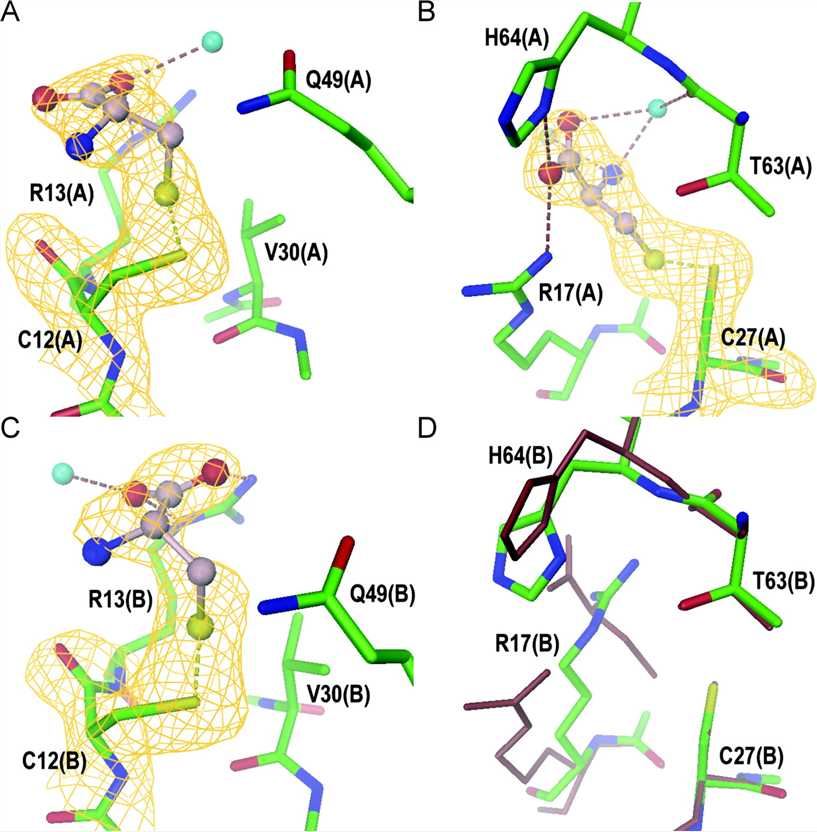L-cysteine, a physiologically active amino acid, can make up the reducing group (-SH) in proteins and has been widely used in many fields, such as drug discovery. Meanwhile, pilot studies have demonstrated that most antibodies contain cysteine residues, and disulfide bonds can be usually found between cysteine residues, which are very important for the stability of the tertiary and quaternary structure of proteins. Disulfide bonds protect proteins from damage and can increase the half-life of proteins. As a result, cysteine residues are essential to maintain the stability of various proteins. Through the determination of cysteine residues and gene insertion, scientists can engineer antibodies to achieve targeted therapy. Creative Biolabs has multiple residue determination methods and testing instruments to help you achieve antibody modification and improvement in free cysteine residues, and accelerate your drug discovery process.
 Fig.1 Comparisons of cysteinylated and free cysteine residues on a PriB dimer. (Liu, 2004)
Fig.1 Comparisons of cysteinylated and free cysteine residues on a PriB dimer. (Liu, 2004)
With years of rich experiences in free cysteine residues assay determination, Creative Biolabs offers a range of detecting methods to help your drug discovery progress, such as:
In this platform, cysteine is determined by chromatographic separation after condensed with the C-labeled adenosine. Besides, the concentration will be further determined by counting the radiation intensity by liquid scintillation.
Our ELISA platform can reduce the oxidized cysteine in different types of samples, such as blood samples and cysteine with dithiothreitol (DTT). In general, most samples will be hydrolyzed and added with antibodies or developed colors. Finally, the absorbance will be measured to obtain the content.
In the MS platform, DTT is commonly used as a reducing agent. The separation and measurement will be carried out by capillary GC-MS. Further derivatization with ethyl chloroformate and gas chromatography-mass spectrometry was used to increase the detection speed.
Equipped with the Abbott Imx automatic immunoassay analyzer, we can provide a series of services to analyzing the cysteine residue. The operation is simple and the measurement speed is fast, the measurement result is high precision and can be fully automated, and the use of radioisotope and complicated chromatographic separation can be avoided.
With a high-end technical service platform, Creative Biolabs can provide you with accurate and efficient measurement data to help you complete a series of experimental techniques for cysteine residues analysis. If you are interested in any module of our free cysteine residues assays or the integrated end-to-end solutions, please don’t hesitate to contact us and to learn how we can be involved in your project.
Reference
All listed services and products are For Research Use Only. Do Not use in any diagnostic or therapeutic applications.